The Top 10 Signs It’s Time To Change Your Organizational Structure
 Lex conducting an Organizational Structure & Design Workshop in Capetown, South Africa. Photo Credit: Gregor Röhrig
Lex conducting an Organizational Structure & Design Workshop in Capetown, South Africa. Photo Credit: Gregor Röhrig
Changing your organizational structure sucks.
There. I said it.
Helping companies change their structure is the work I do every day. If I didn’t know what I know now, I’d wonder, “Why would anyone want to do it?”
Changing your company’s structure can be a massive initiative. If you don’t do it correctly, it’s a recipe for disruption and disaster. People’s careers are on the line. Job titles can change. Existing reporting lines can get disrupted. One leader’s turf can expand and another’s shrink. The political fallout can be a huge cost in itself.
Even worse, if the new structure is done wrong, you’ll have the classic case of the cure killing the patient. You can set your company back even further in its development.
The corollary is also true. Structure done right can be the breakthrough you’ve been looking for. It’s like activating the booster stage of a rocket. It’s the catalyst to the next level of performance. I know because I’ve seen it happen over and over. It’s the reason why I do the work I do. It’s also one of the most misunderstood aspects of organizational design.
Let me explain all this by starting with a recent example at Microsoft.
In the early 2000s, a few years after taking over as CEO from co-founder Bill Gates, Steve Ballmer decided to double down on the existing divisional structure at Microsoft. A divisional structure typically has strong divisional heads but poor or limited cross-functional coordination across the divisions. Ballmer’s approach led to this infamous visual about working at Microsoft in the 2000s (I’m not sure who the source is but I still find it funny):

If your business has the wrong structure for its business model, strategy, or lifecycle stage, it’s not going to scale up. It’s going to trip up.
What was the problem with this approach? It was the wrong structure for a changed reality. The existing divisional structure worked well for Microsoft in the 80s and 90s during the desktop/data-center era. But the structure itself also made Microsoft incapable of adjusting to a radically changing, Internet-first era. Ballmer tried to rectify this problem by changing strategies several times but he never changed structures until 2013 (and then only haphazardly or half-heartedly). It was too little, too late. Under his tenure, Microsoft lost half of its enterprise value. Not a good score.
Within a short time after […]



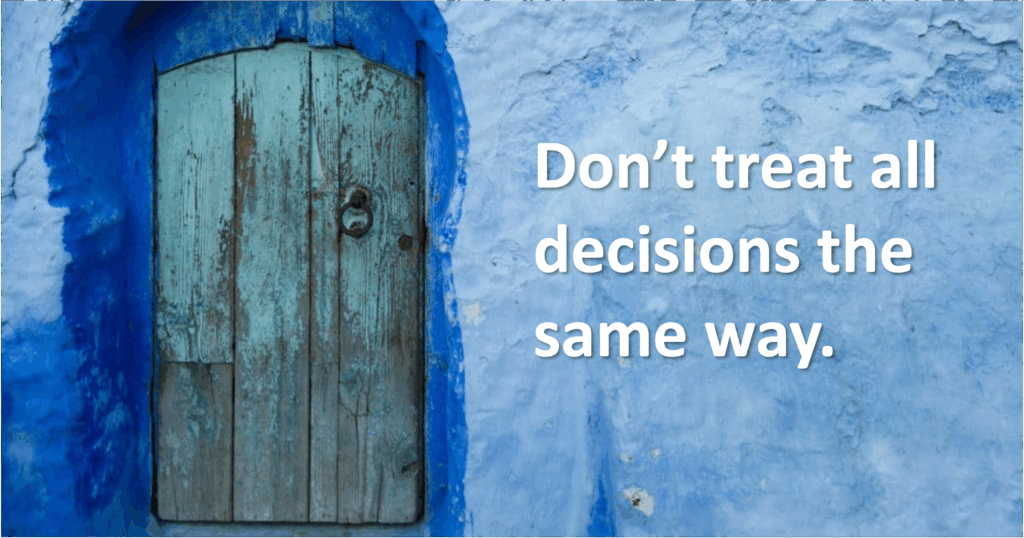
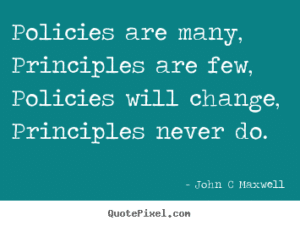 Principles, on the other hand, are designed to be few in number but strong in impact. Meaning, a principle points you in the right direction but calls on the common sense and creativity of the individuals executing it. Also, if a principle is violated, this must carry big consequences. It has to, or it has no weight; it’s just a platitude.
Principles, on the other hand, are designed to be few in number but strong in impact. Meaning, a principle points you in the right direction but calls on the common sense and creativity of the individuals executing it. Also, if a principle is violated, this must carry big consequences. It has to, or it has no weight; it’s just a platitude.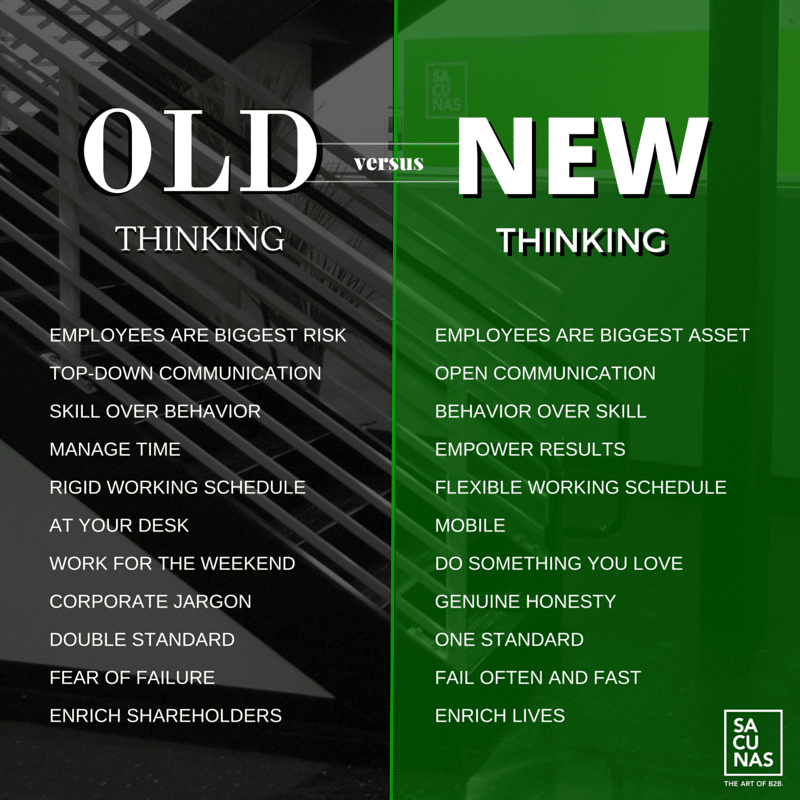

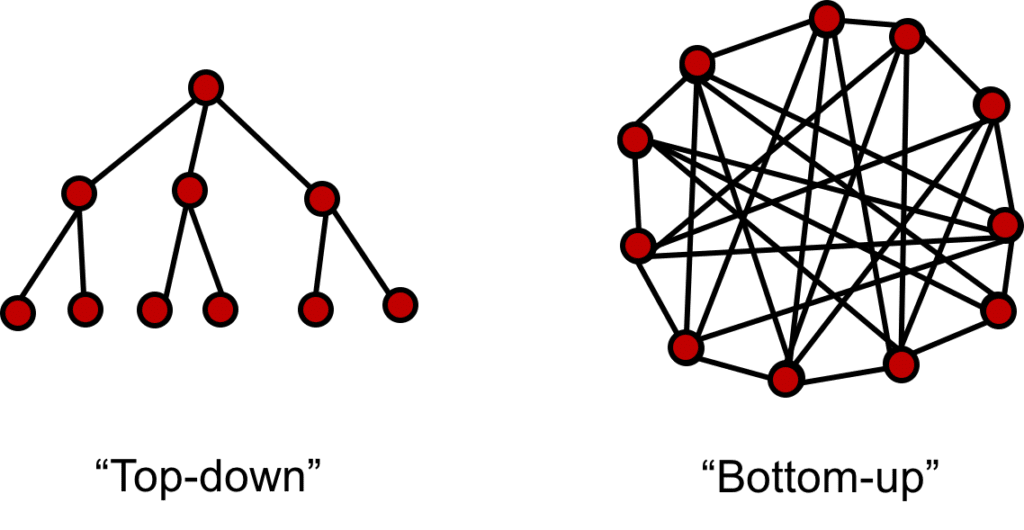 Should you run a top-down or a bottom-up organizational design?
Should you run a top-down or a bottom-up organizational design? 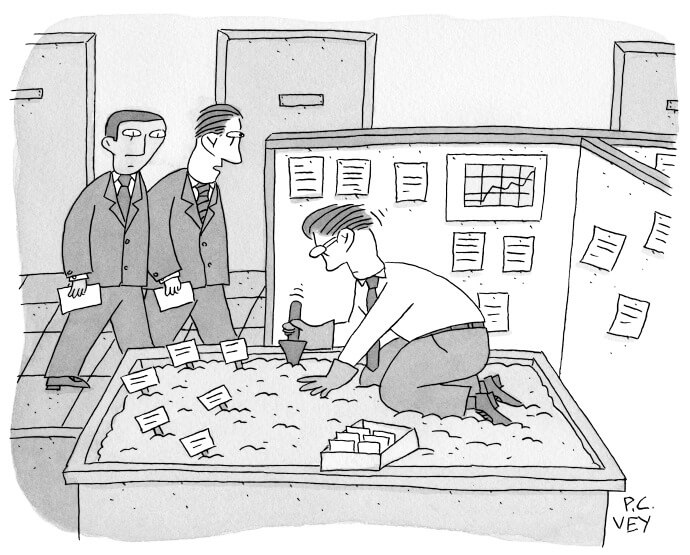 The extremists in the top down camp believe that without a high level of centralized control the whole enterprise will quickly fall apart.
The extremists in the top down camp believe that without a high level of centralized control the whole enterprise will quickly fall apart.  The extremists in the bottom-up camp believe that most forms of hierarchy lead to tyranny.
The extremists in the bottom-up camp believe that most forms of hierarchy lead to tyranny. 




 Part I: Listen to Lex being interviewed by a former client,
Part I: Listen to Lex being interviewed by a former client,  Part II: Listen in as former client Chris Powers,
Part II: Listen in as former client Chris Powers, 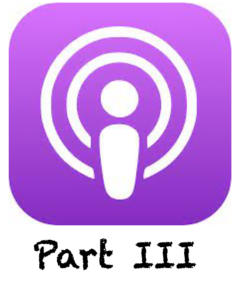 Part III: This is the
Part III: This is the  Watch the 5-part video series Organizational Physics 101 below to learn the principles that lead to breakthrough levels of performance. Then download one of our “old school” or “new school”
Watch the 5-part video series Organizational Physics 101 below to learn the principles that lead to breakthrough levels of performance. Then download one of our “old school” or “new school”  If you manage people or projects, I don’t need to tell you that your job is challenging. You have finite time and energy each day to try to get the best from your direct reports and teams. You also need to make smart hiring decisions. So how do you do it?
If you manage people or projects, I don’t need to tell you that your job is challenging. You have finite time and energy each day to try to get the best from your direct reports and teams. You also need to make smart hiring decisions. So how do you do it?